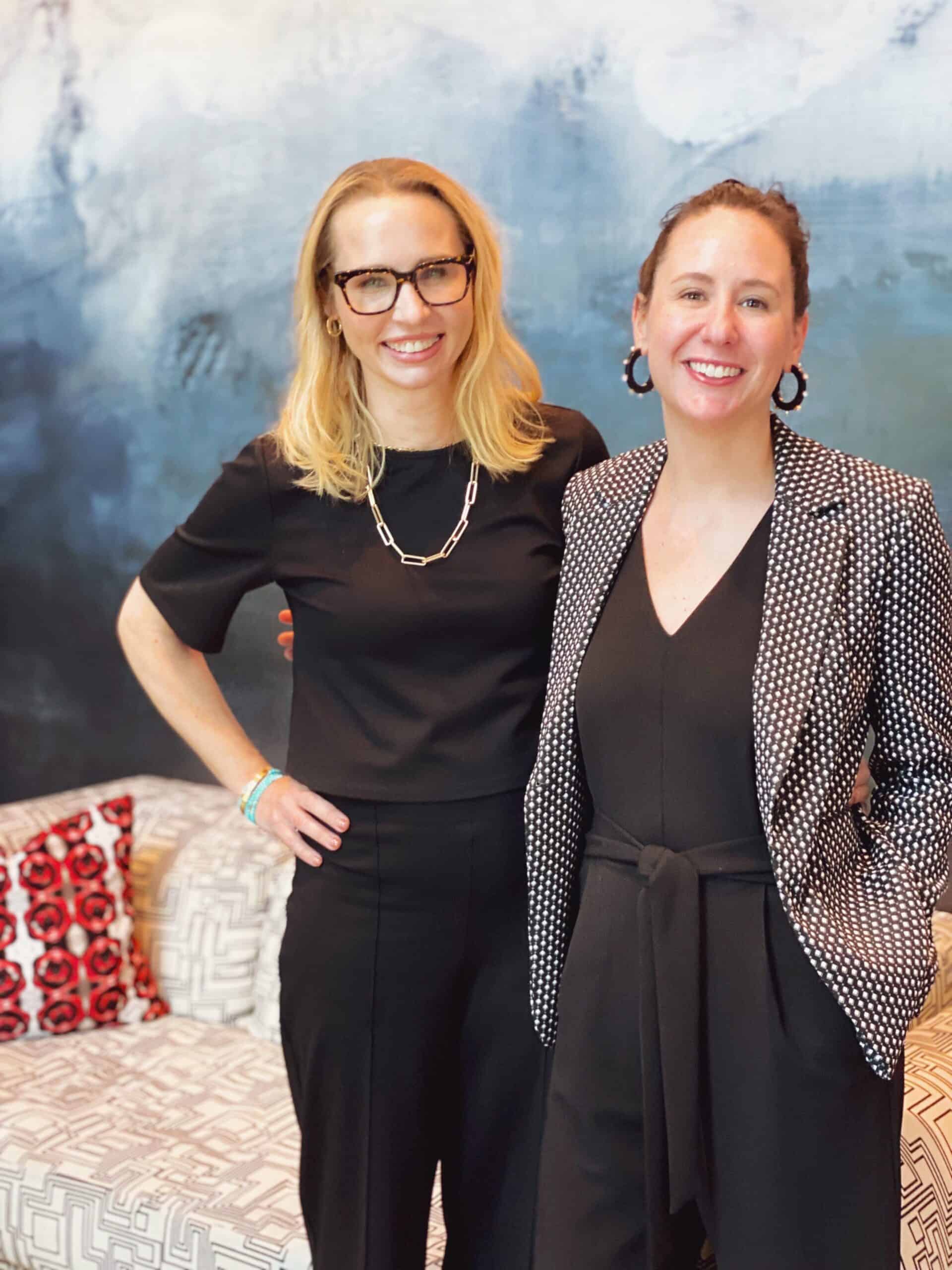Suzanne Jagger DNP, CRNA, APRN shares her in-depth knowledge about the business financial goals of an injectables practice.
When you are opening an aesthetics practice, you are opening a business. A big aspect of any business is getting it profitable. There is a lot of misconception that you make insane money in this cash business. The truth is, this business can be quite profitable if you know your numbers. Plenty of medspas go under every year, however. The cost of goods is incredibly high. It is easy to get in over your head. Suzanne helps walk us through how to approach opening and growing a successful Botox™ and Fillers business. She walks us through some business financial goals. See more about Suzanne and the training she offers at auraacademy.com. Also, you might be wondering How Much Does it Cost to Start a Botox™ Business?
What are goals for gross income and take-home pay?
How much should an injector make per hour?
How many clients do I need to be profitable?
What is the cost of goods on a vial of Botox™?
What are some key business financial goals to reach for?
And lots more! See the transcript below as well.
Cassie: Hi Suzanne, thanks so much for joining me with Injectables Edu to get some good info out to everybody about financials today.
Suzanne: Yeah.
Cassie: Could you just give us a little bit of rundown, a little bit of your background, and your practice?
Suzanne: Sure. So I’m Dr. Suzanne Jagger, I’m a board certified nurse anesthesiologist, and I’ve started my aesthetics practice, or aesthetics in Portland, Oregon in 2016; and then I started teaching people how to inject and start their own practice in 2018, that’s through Aura injecting Academy. So I’ve been doing this for a while, and I just love helping people start their business and understand the numbers.
Cassie: Awesome! It’s harder than you think to understand the numbers. I know that I struggle with that and I’ve turned to you for help understanding, and you do a great job of breaking it down. I think one of the main confusion points that we get stuck on is this idea of gross versus net revenue, how much at our client is paying us per hour versus how much we’re actually seeing in our own pockets? Could you talk a little bit about that?
Suzanne: Yeah, so it was explained to me early on that gross revenue is really a vanity number. When you hear a business saying, “I made a million dollars last year,” that’s great. But if you spent 2 million, you know, doing that business, you’re really netting less than, you know, you’re already in the hole, right? So gross numbers are gross, you know, and they’re brag numbers, they’re vanity numbers. So when anyone’s saying… I always liken it to the plastic surgeon who’s like, “I’m making a million dollars a year,” and he drives a Ferrari, and he’s got to ex-wives he’s got to pay and like, really, the guy is dirt poor, you know, after he pays everything. And the same thing happens in business, is you have to look at net revenue. Net is after all your expenses. And if after net revenue you’re making bank, then you’re onto something. But gross revenue is really not all that useful.
Cassie: Got you. So specific to aesthetics. Can we talk a little bit about what the cost of goods are, some of these big expenses that we are having to offset when we look at you know, it’s so expensive for a vial of neurotoxin, but then we look at how much you’re making from the client is a lot. Where do you see a lot of the cost of goods going? And what are some goals related to that?
Suzanne: Well, so looped into cost of goods, when we look at gross versus net revenue, it’s taking out all those expenses. And so let’s talk about… You know, I’ve made the analogy you’ve heard time and time again, is your revenue pie; you’ve got your total that you bring in, your gross, right? But then you got to start subtracting stuff out because it costs all this money to do things.
So the number one thing that you always need to pay is taxes, right? So 20 to 25% of your pie is already eaten so you’re left with 75%. So that’s gone, then we need to talk about things like overhead, you know, how much does it cost to have a space, pay for your phone, pay for your little medical supplies, pay for your EMR, pay for your bookkeeper and your accountants and your malpractice, and all that takes a chunk. And that can be… and then if you have rent to that’s another piece of that pie. So that varies dramatically, 10 to 30%, depending on how many expenses you have.
Then you have payroll, you want to make money from that, right? You want to make some money. So we’ll go back to that because that’s payroll and profit is part of the pie that if you don’t have employees, but you can adjust how much you make is really the thing you can massage. But cost of goods is something that we really, really have to be thoughtful of. And COGS (Cost of Goods Sold) in aesthetics is really high, right? So a vial of Botox right now is $601, right? So when people are charging $8 a unit, and it’s costing you $6 a unit, we got a problem. We’ve got a problem here, real quick. So really being strategic about your pricing and watching your cost of goods and using the highest quality product at the lowest price available to do the job that you’re trying to accomplish is really critically important to having a profitable business.
Cassie: Where would you see, once you’ve taken taxes out in cost of goods and all these things, if just a ballpark of what do you think you’re actually left with if you take you know, this client or I made with my clients $1,000 over the last hour? What actual dollar amount do you think that you’re taking home and profits?
Suzanne: Well, so that varies a little bit depending on whether you have employees, but let’s just say that you’re a solo operator and it’s just you so you don’t have payroll per se and you are the payroll, ideally, payroll, it should be a roughly 30% of your business. So, if you’re charging, you know, take whatever your product is and just realize that 30% of the end of the day is what you’re paying yourself. That’s a reasonable amount. Now, if you have a larger business with employees, profit margins ideally should somewhere be between 8% and 12% in an injectables-only practice. Your profit margins get better when you start including things like lasers that don’t have consumables, but in an injectables practice, that’s kind of what you’re left with; you have a really small margin for a profit of around 8% to 12%, you know, 10, just for sake of discussion; and so then it kind of kills me when people are like, “Oh, we’ll give you a 10% discount,” and all I’m thinking is all your profit, there what your profit.
Cassie: Yeah. I think it’s important to point out as well, when you’re a single provider, that it’s harder to get those costs of goods down, you’re not able to buy in bulk, you’re not the same as a big huge med spa, where you can order such a large order of neurotoxin at a time that you can get teared up. So, finding more friendly companies to smaller businesses, better priced neurotoxin and fillers can really help you as well, instead of saying….
Suzanne: And I will throw out there, this is legitimate product, do not get into the game of like you’re going to buy some shit from Korea—apologize now, but uh-huh, you’re not buying non-FDA approved stuff. That’s not the game. The game is though, buying in bulk gets you better discounts, buying, getting closer in with your rep gets you discounts. And it’s hard to compete with people like plastic surgeons, when they are putting in breast implants, they’re thrown a vial of Botox every time they put in one of those Allegan breast implants for free. So it’s a really tough competition. So if you can’t compete on price, and you really can’t, you need to compete on value to your clients and service and expertise, and all those other things.
Cassie: Yeah, I love that. I guess if you’re getting carried away in handcuffs, it doesn’t matter how much you made.
Suzanne: There you go, right?
Cassie: The other major topic I wanted to let you talk a little bit about is sort of how many clients—breakdown by your day, how many points do you need to get to kind of just break even if you’re doing this on the side? How do you know how many clients you’re trying to get if you’re looking at, you know, I want to make this a part time business and work two days a week? What are some real numbers that we can start to calculate and cling to and some financial goals?
Suzanne: Sure. So the rule of thumb that I’ve kind of followed and mapped out, and especially when I first started this, because in 2016, I was like, you know, am I going to even break even? Because I was like, my thing, I just want to break even, okay? I’ve had a full-time job, that was fine, but I didn’t want this to be a money suck. So, I calculated out that if I had five clients that I injected every three months with about 30 units of tox, and I charged them $10 to $12 a unit, I was going to break even, okay, I was going to break even. I wasn’t to lose anything. But I wasn’t naturally going to make money, but I will get the best tax benefits of having an LLC, which is amazing when you’re a W-2 to have an LLC side business as a tax deduction—your account, will thank you. So if no other reason then, breaking even and having an awesome, totally straight up legal, by the book, because I’m super by the book, way to take tax deductions, that is how you can start your practice.
Now, if you want to grow it and start making some money, then you need to start getting out of that, you know, only five clients that you see every three months. And it scales from there. The average client takes, I think, what do they say? Roughly 35 units for treatment in a med spa. The average injectables client is paying around 450 per session. So if you start kind of doing some math and say that you’ve got average clients that, you know, paying average 450 a treatment. And you can see, especially if you have an office as opposed to mobile, you can see two clients an hour if it’s Botox. You can start using these metrics to start calculating out what your business can look like. And also realize that you can’t see a client… people will calculate out to you like 100% capacity, and that’s not possible. Always calculate to a max of about 70% capacity because there’s all this room for you know, lunch, phone calls, someone’s late, someone’s early so you can almost never… the busiest practices are seeing 14 to 18 clients a day, and that’s slamming. And the times that I do that, I am just like [sleepy] at the end of the day, like it’s just too much, and I have help. I can’t imagine doing that solo. So 8 to 10 is a really packed day, believe it or not, even if you’re just trying to do an eight hour shift doing injectables.
Cassie: Got you. I feel like next time we talk we should start to talk about a little bit of marketing because I know as you grow, you’re really starting to look at, “Great, I’m here, how do you know about me,” and that’s another big piece of that pie model about how much you’re spending to also make…
Suzanne: Your marketing budget should be 5% to 10% of your gross revenue.
Cassie: I know. After I spoke with you trying to get some financial numbers and some client goals, I had just as a rough idea for people, come up with if I wanted to work part time, two days a week and taking a fair amount of vacation that maybe my goal would be to have about 350 active clients. And that’s people I was banking on them coming more likely three times a year versus four times a year, even though I would love for them to come four times a year, I don’t know that everybody does that.
Suzanne: The average client statistically comes 2.3 times a year. So…
Cassie: I was even being over optimistic.
Suzanne: There you go, right!
Cassie: So I’m also looking at the mix that I was aiming for as far as Botox and fillers. What would you say is an average mix that you could… or maybe a goal for Botox versus fillers?
Suzanne: Yeah, ideally—and I don’t know anyone that necessarily hits this—I think the bigger practices of course, but you want 60% to 70% of your clients to be hitting this, like getting fillers, that is almost an unattainable goal for a small operator. So of course, just increasing it as much as possible. But again, most of the big wig practices, because they’re big, you know, people are getting bigger cases, right? So they aren’t just going for Botox, but even so, a great practice to go and look at is…Smith and Co, that’s it, she’s in Miami Beach, and she’s a single nurse practitioner operator, amazing practice, killer practice, killer businesswoman, she slays it. And her average client, I think, is around $600 or $800, I can’t remember quite off the top of my head, which means that she has quite a few people that are there for just Botox. Because once you get into filler land, those numbers are getting into the four digits instead of three digits, typically. So anyway, it’s just something to think about.
And the other thing I’ll throw out there as you’re talking about benchmarks is that, you know, you start doing the math, and all of a sudden, these numbers start looking really big. Injectors at really like amazing established practices, their gross revenue annually is $600,000 to $800,000 a year. There’s a very tiny, small percentage that go beyond the million-dollar mark. So when people start saying they’re going to make X number of dollars a day or a month or a year, and these numbers are getting astronomical, there’s really a small percentage that can generate that, then that comes back to marketing and throughput and having all the systems in place to support that larger practice.
Cassie: What is the average amount that an injector should be, maybe a goal generating per hour?
Suzanne: Oh, great. So anywhere from $500 to $1,000 an hour is a goal.
Cassie: Gotcha.
Suzanne: Yeah. And if you have obviously more Botox-heavy clientele, you’re at one end versus a more filler heavy clientele.
Cassie: Awesome. Well, I think this has given us a lot to think about.
Suzanne: I know it’s a lot.
Cassie: It’s so helpful, though, because you know, it doesn’t magically happen. You have to come up with a plan, you do not magically make a million dollars a year. I wish it did happen, but you can do quite well if you know your numbers, you come in with a plan. You’re taking into account your taxes and all these pieces of the pie
Suzanne: Yeah.
Cassie: And the business of aesthetics can sometimes be more challenging than even the injecting itself and so we can’t overlook this part when we’re opening our business. So thank you so much for sharing your expertise today.
Suzanne: Yeah, it was fun chatting. I hope to do it again.
Cassie: Bye. Thanks Suzanne.




